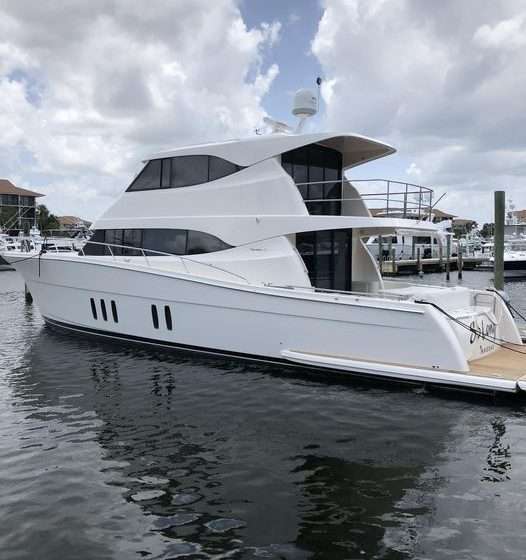Protect Your Boat from the Harmful Effects of UV and Salt Water with Ceramic Coatings

If you are a proud owner of a boat, you understand the importance of maintaining its appearance and functionality. As boats are constantly exposed to the elements, including UV rays and saltwater, their surfaces are prone to damage and deterioration over time. Fortunately, modern technology has brought us a solution to this problem in the form of ceramic coatings. In this article, we will discuss the effects of UV and saltwater on boat surfaces and how ceramic coatings help protect them. The Effects of UV and Salt Water on Boat Surfaces UV rays from the sun are a significant contributor to the deterioration of boat surfaces. Prolonged exposure to UV rays causes the paint and gel coat to fade, crack, and peel, leaving the boat’s surface vulnerable to further damage. Additionally, the sun’s rays can also cause discoloration and chalking, which are not only unsightly but can also impact the boat’s resale value.
Salt water, on the other hand, can cause corrosion and damage to the metal parts of your boat. Saltwater can also cause stains and discoloration on other surfaces, such as fiberglass and upholstery. If left untreated, these effects can cause permanent damage and shorten the lifespan of your boat. How Ceramic Coatings Help Protect Boat Surfaces Ceramic coatings are a popular solution for boat owners who want to protect their boats from the damaging effects of UV rays and saltwater. Ceramic coatings are made up of a thin layer of solvent based quartz or SiO2 (silicon dioxide) that is applied to the surface of your boat. Once applied, the ceramic coating creates a strong, protective layer that shields your boat’s surfaces from harmful UV rays and saltwater. UV Protection Ceramic coatings contain UV inhibitors that block the sun’s harmful rays from penetrating the boat’s surfaces. This prevents the paint and gel coat from fading, cracking, and peeling, leaving your boat looking shiny and new for years to come. Additionally, ceramic coatings can also prevent discoloration and chalking, ensuring that your boat’s appearance is not impacted by the sun’s damaging rays. Saltwater Protection Ceramic coatings also offer protection against saltwater. The protective layer created by the ceramic coating prevents saltwater from corroding the metal parts of your boat. This is especially important for boats that are used in saltwater environments, where corrosion can cause significant damage over time. Ease of Maintenance Another benefit of ceramic coatings is that they make maintenance much easier. The protective layer created by the ceramic coating makes it harder for dirt, grime, and other contaminants to stick to your boat’s surfaces. This means that cleaning your boat becomes a much easier and less time-consuming task. Long-Lasting Protection Ceramic coatings are known for their durability and long-lasting protection. Unlike traditional wax or sealants, ceramic coatings can last for years without needing to be reapplied. This means that once you apply a ceramic coating to your boat, you can enjoy the benefits of long-lasting protection and ease of maintenance for years to come. Reliable Tampa Detailer If you own a boat, it is essential to protect it from the damaging effects of UV rays and saltwater. Ceramic coatings offer a reliable and effective solution for boat owners looking to keep their boats looking shiny and new for years to come. With their UV and saltwater protection, ease of maintenance, and long-lasting durability, ceramic coatings are a must-have for any boat owner looking to protect their investment.
The harmful effects of UV and saltwater on boat surfaces are a well-known issue. These can cause corrosion, fading, cracking, and peeling, which can significantly affect the appearance and functionality of your boat. However, ceramic coatings provide a long-lasting, protective layer that shields the boat’s surfaces. Call The Proper Detail to schedule an in-person quote to get your watercraft the modern ultimate protection.
